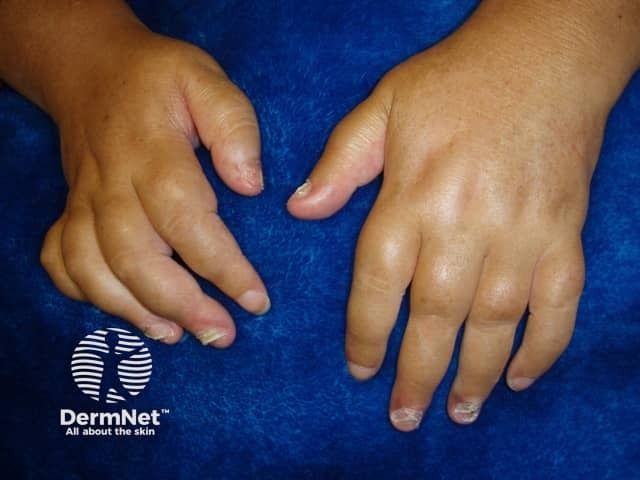- Case-Based Roundtable
- General Dermatology
- Eczema
- Chronic Hand Eczema
- Alopecia
- Aesthetics
- Vitiligo
- COVID-19
- Actinic Keratosis
- Precision Medicine and Biologics
- Rare Disease
- Wound Care
- Rosacea
- Psoriasis
- Psoriatic Arthritis
- Atopic Dermatitis
- Melasma
- NP and PA
- Skin Cancer
- Hidradenitis Suppurativa
- Drug Watch
- Pigmentary Disorders
- Acne
- Pediatric Dermatology
- Practice Management
- Prurigo Nodularis
- Buy-and-Bill
Article
Light devices can reduce facial wrinkles, make eyes appear more youthful
Light devices have become popular at-home facial rejuvenation equipment. Why? Because light is felt to be safe in the hands of a consumer, thus these devices are easily marketed and readily obtain Food and Drug Administration 510(k) approvals.

Key Points
Q How do the new "red light" facial rejuvenation devices work?

Two popular red light devices are currently marketed for reduction of the appearance of facial wrinkles around the eyes. The devices are based on high-energy-output red diodes that operate on a rechargeable battery. The device is used daily for one month and then three times weekly thereafter. Eye shields must be worn during treatment to prevent eye damage. The device is turned off and placed in a recharging station after each use. The devices can be used with specially designed skincare products to optimize results.
Q What are AGEs?
A AGEs are advanced glycation endproducts. Glycation occurs when sugars irreversibly bind to the proteins of the body. This binding can occur in the dermis, muscles, eyes, nerves and blood vessels. All proteins of the body are subject to the cross-linking of glycation. The cross-linking makes the proteins less rigid and less functional. For example, the reduced ejection fraction seen in the ventricles of 90-year-old people is in part due to glycation.
Protein glycation occurs earlier in life in diabetics and is more advanced when serum glucose levels are less tightly controlled. AGEs in the skin account for the decreased healing and increased leg ulcer propensity observed in diabetics. It is thought that the prevention of AGEs would improve not only overall body health, but also the functioning and appearance of the skin. Substances that decrease or reverse the formation of AGEs are being screened for cosmeceutical use.
One of the substances that has been studied is a blueberry extract that was found to reduce glycation. Aminoguanidine is a known glycation inhibitor and the blueberry extract was found to have similar effects. In vitro, both substances were found to decrease a protein albumin reaction with ribose sugar. This may be due to the presence of antioxidant flavonoids found in wild blueberries.
Zoe Diana Draelos, M.D., is a Dermatology Times editorial adviser and consulting professor of dermatology, Duke University School of Medicine, Durham, N.C. Questions may be submitted via e-mail to zdraelos@northstate.net
.





